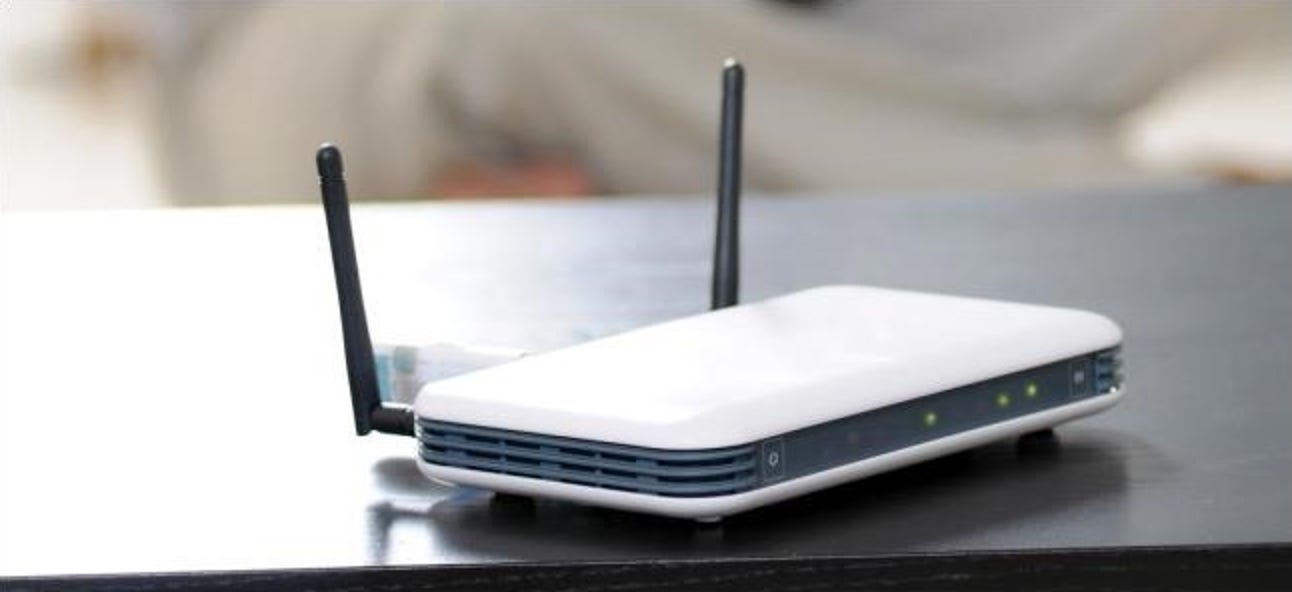A wireless isolation is a feature on some routers that prevent devices connected to the router from communicating with each other wirelessly. This can be useful if you want to prevent devices on your network from being able to see or communicate with each other, or if you want to isolate a device for security reasons. Wireless isolation is usually enabled by default on most routers, but it can be disabled if needed.
When Should/Shouldn’t We Use AP Isolation Mode | Enable AP Isolation on WiFi Route
Wireless Isolation is a feature on some routers that allows you to isolate wireless devices from each other. This means that the devices will not be able to communicate with each other wirelessly. This can be useful if you want to prevent devices from connecting to each other, or if you want to improve security on your network.
What is Client Isolation in Wifi
Client isolation is a security feature that ensures that devices connected to a Wi-Fi network cannot communicate with each other. This prevents devices from sharing sensitive information or infecting each other with malware. Most home and small office routers have client isolation enabled by default, but it can be disabled if desired.
Many public Wi-Fi networks, such as those found in coffee shops and hotels, also use client isolation to protect their users.

Credit: www.kaspersky.com
Should I Enable Wireless Isolation?
If you have a wireless router at home, you may be wondering if you should enable the wireless isolation feature. This feature can be useful in some situations, but it’s not right for everyone. Here’s what you need to know about wireless isolation and whether or not it’s right for you.
What is wireless isolation? Wireless isolation is a security feature that limits communication between devices on a Wi-Fi network. When enabled, devices can only connect to the router and not to each other.
This prevents devices from sharing data or infecting each other with malware. Should I enable wireless isolation? There are some situations where it makes sense to enable wireless isolation.
If you have concerns about security, enabling this feature can help reduce the risk of your devices being hacked or infected with malware. It can also be helpful if you have guests who will be using your Wi-Fi network; by isolating their devices, they won’t be able to access your personal files or printers. However, there are also some downsides to enabling wireless isolation.
It can make it more difficult to share files and printers on your network, and it may prevent some devices from connecting altogether. If you’re not sure whether or not to enable this feature, consider your needs and decide what’s best for your situation.
What Will Happen If I Enable Ssid Isolation?
If you enable SSID isolation, devices will only be able to communicate with the router and not with each other. This can be helpful if you want to prevent devices from stealing data or infecting each other with malware. However, it also means that you won’t be able to print wirelessly or share files between devices on your network.
What Does Network Isolation Do?
Network isolation is the process of physically or logically separating a network into smaller parts. This can be done for security purposes, to improve performance, or to allow different users access to different resources. Network isolation can be implemented in a variety of ways, including using physical hardware, virtualization software, or by configuring firewall rules.
One common reason for implementing network isolation is to improve security. By separating networks into smaller parts, it becomes more difficult for unauthorized users to gain access to sensitive data or systems. For example, an organization might choose to isolate its production servers from its development and testing servers.
This would prevent developers from accidentally making changes that could break the live system. Another reason for isolating networks is to improve performance. For example, if two departments are constantly sharing data and files, they may start to experience slowdowns due to network congestion.
By isolating their networks, each department can have its own dedicated bandwidth and resources, which can lead to better overall performance. Finally, network isolation can also be used to give different groups of users access to different resources. For example, an organization might want its employees to have access to certain internal systems but not others.
In this case, the company would configure its firewall rules so that only authorized users could reach the restricted systems. Overall, network isolation is a versatile tool that can be used for a variety of purposes.
How Do I Know If Wifi Isolation is On?
If you’re not sure whether your router has WiFi isolation enabled, there are a few things you can check. First, log into your router’s web interface and check the settings. Many routers will have an option under the wireless settings menu that says something like “Enable WiFi isolation” or “AP Isolation.”
If this option is present, then your router likely supports WiFi isolation. Another way to check is to look for physical buttons or switches on your router that toggle WiFi isolation on and off. Some models of routers will have a dedicated button for this purpose, while others may have a switch that needs to be set to the “on” position.
Lastly, you can try connecting two devices to your router wirelessly and see if they can communicate with each other. If they can’t, then WiFi isolation is most likely enabled.
Conclusion
Wireless isolation is a feature of many routers that allows you to keep your wireless devices from communicating with each other. This can be useful if you want to prevent your devices from sharing files or accessing the internet.


Leave a Reply